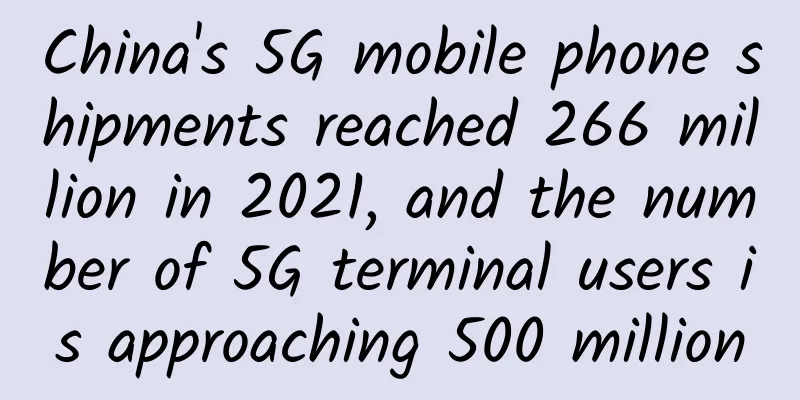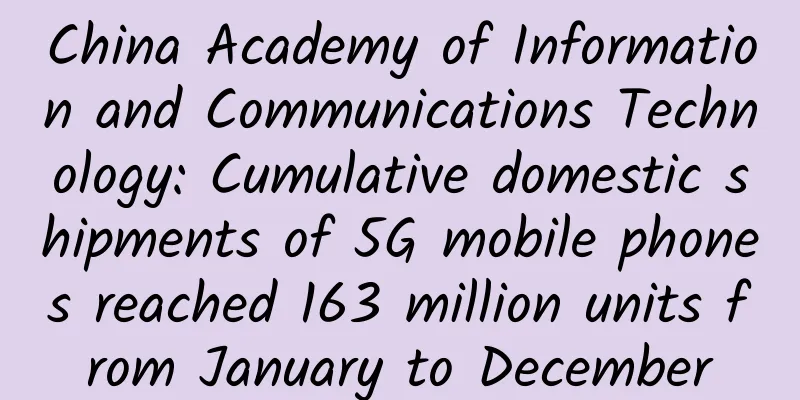Radio Administration Bureau explains 5G frequency planning: 3GHz to 6GHz take the lead

|
5G frequency has been a hot topic at various wireless technology forums this year. At the "Future 5G Information and Communication Technology Summit" on December 3, Kan Runtian, inspector of the Radio Management Bureau of the Ministry of Industry and Information Technology, interpreted the radio management department's considerations on the application of 5G high-frequency bands.
In July this year, the US FCC released the allocation of 5G high-frequency band resources, involving 28GHz, 37GHz and 39GHz. Recently, the European Union also released three-level frequency planning, involving 24GHz-27GHz, C-band 3.4GHz-3.8GHz and 700MHz low-frequency band application planning. The country's 13th Five-Year Plan has made it clear that it will find and reserve spectrum resources of no less than 500 MHz for 5G during the period. In January this year, when the country approved the 5G trial, it allocated 200 MHz in the 3.5G band to support it. Recently, it also approved two vehicle networking experiments based on LTE-V technology applied by the 5G Promotion Group and the In-Vehicle Information Alliance. Kan Runtian said that for the 3GHz to 6GHz frequency band, based on the upcoming revision of the frequency allocation regulations, the radio management department is preparing to allocate the 3.3GHz-3.4GHz, 4.4GHz-4.5GHz and 4.8GHz-4.99GHz frequency bands to IMT applications, and the coordination has made positive progress. The frequency bands above 6G will not be used until around 2019. This means that the 3GHz to 6GHz frequency band will serve as the vanguard of China's 5G development. At the same time, radio management departments are also paying more attention to the frequency bands above 20GHz. It is reported that the frequency bands from 20GHz to 40GHz are very likely to be used for outdoor coverage and capacity improvement. If there is no technical threshold for the frequency bands above 40G, it will not be too difficult to coordinate and apply them. Kan Runtian emphasized that the future of 5G will definitely be an era of spectrum sharing, especially in the frequency bands above 6GHz. For the Internet of Vehicles experiment, the country has approved the 5G Promotion Group and the In-Vehicle Information Alliance to conduct 5G experiments based on LTE technology in five cities, using a frequency band of 5.9GHz for the experiment. At the same time, radar ranging experiments were also conducted in the 77G to 81G band. Finally, Kan Runtian specifically mentioned that the State Council has just approved the newly revised Radio Management Regulations, which specifically stipulates the management of the spectrum. The radio management department will also do its utmost to meet the reasonable demands of all walks of life for radio spectrum resources. |
Recommend
Huawei's Peng Song: Building connectivity competitiveness based on the CAF model to create new growth
On October 19, the 7th Global Ultra-Broadband For...
MoeCloud: US CN2 GIA line VPS annual payment starts from 299 yuan
MoeCloud also launched a promotion this month, of...
A "traffic evolution" is coming: What upgrades will 5G bring to vehicle networking and autonomous driving?
2019 is regarded as the "first year of 5G&qu...
Seamless broadband experience: Unleashing the power of network services and infrastructure
Importance of Network Services Network services p...
CUBECLOUD: 10% off Hong Kong CN2 GIA/Los Angeles CN2 GIA line VPS starting from 62 yuan/month
CUBECLOUD has launched a cloud season promotion, ...
spinservers VPS 50% off in July, San Jose 2G memory package starts at $7/month, optional mainland optimized network
spinservers is offering a 50% discount coupon for...
How awesome is the next-generation camera polished by the Virgo Huawei technical team? A favorite for detail lovers!
[51CTO.com original article] Can cameras also tak...
80VPS: Cluster server starting from 900 yuan/month, 8C segment US/Hong Kong multiple data centers, optional CN2 line
80VPS is a long-established Chinese hosting compa...
Empowering enterprise digital development with security, Xinglan Technology appears at the 2022 China International Fair for Trade in Services
From August 31 to September 5, the 2022 China Int...
4 major roles of the network in enterprise digital transformation
Currently, digital transformation is described as...
The Internet of Things drives the rapid development of the chip industry
With the popularity of the Internet of Things (Io...
How far is it from 5G network commercialization to being affordable for everyone?
This year's government work report proposed t...
Why can't I ping the port number? How can I verify that the port number is available?
1. Why can't the port number be pinged? Ping ...
Google officially joins the O-RAN Alliance to promote the development of telecommunications technology
According to foreign media reports, Google announ...
How to decide if Wi-Fi 6 is right for you?
There’s a lot of hype surrounding the next Wi-Fi ...









